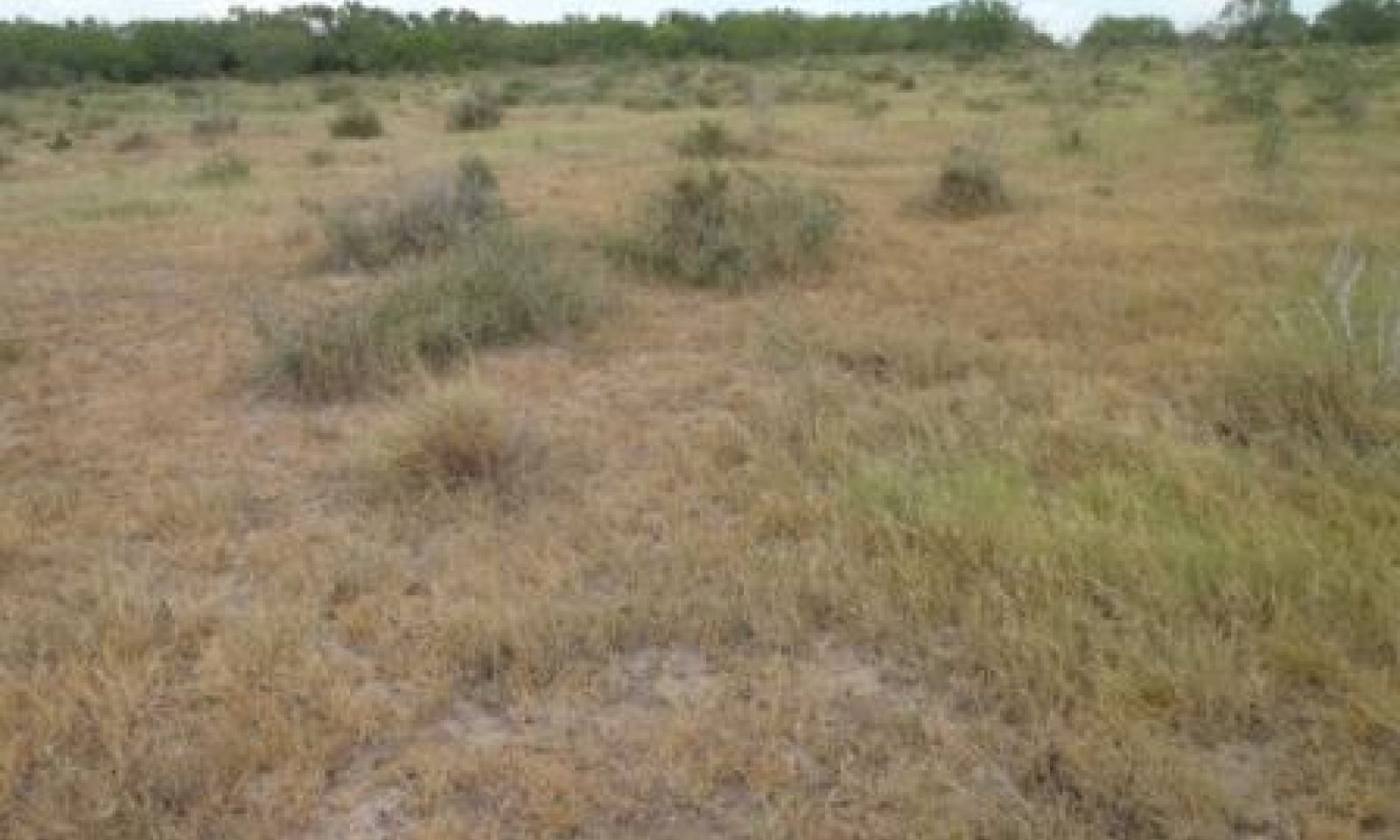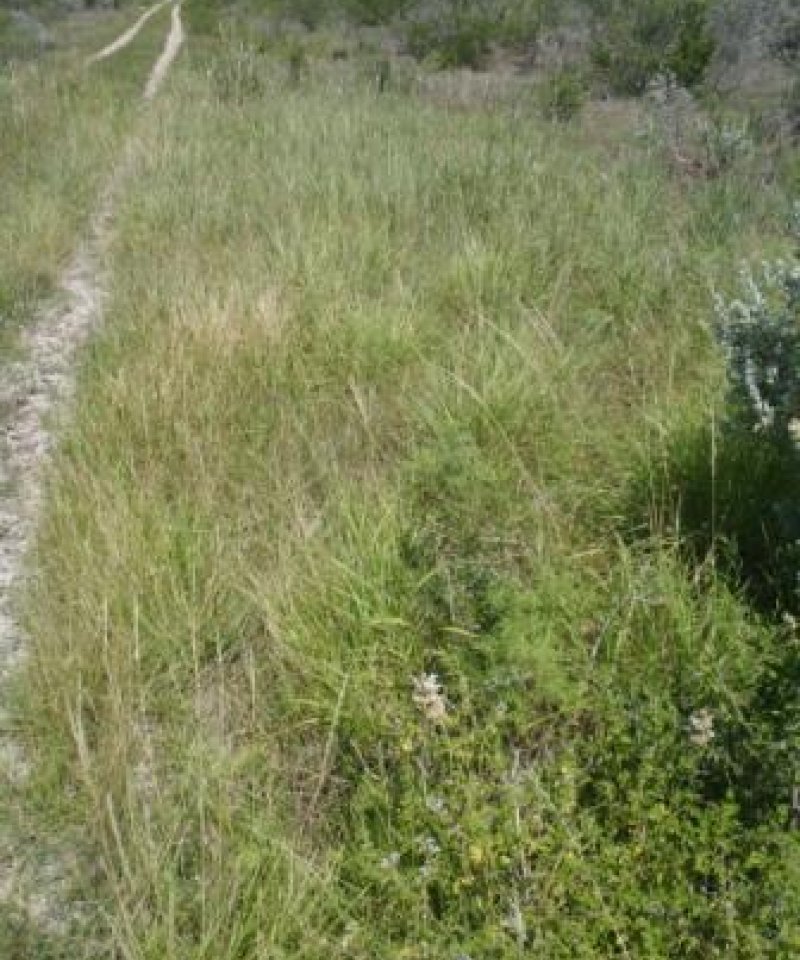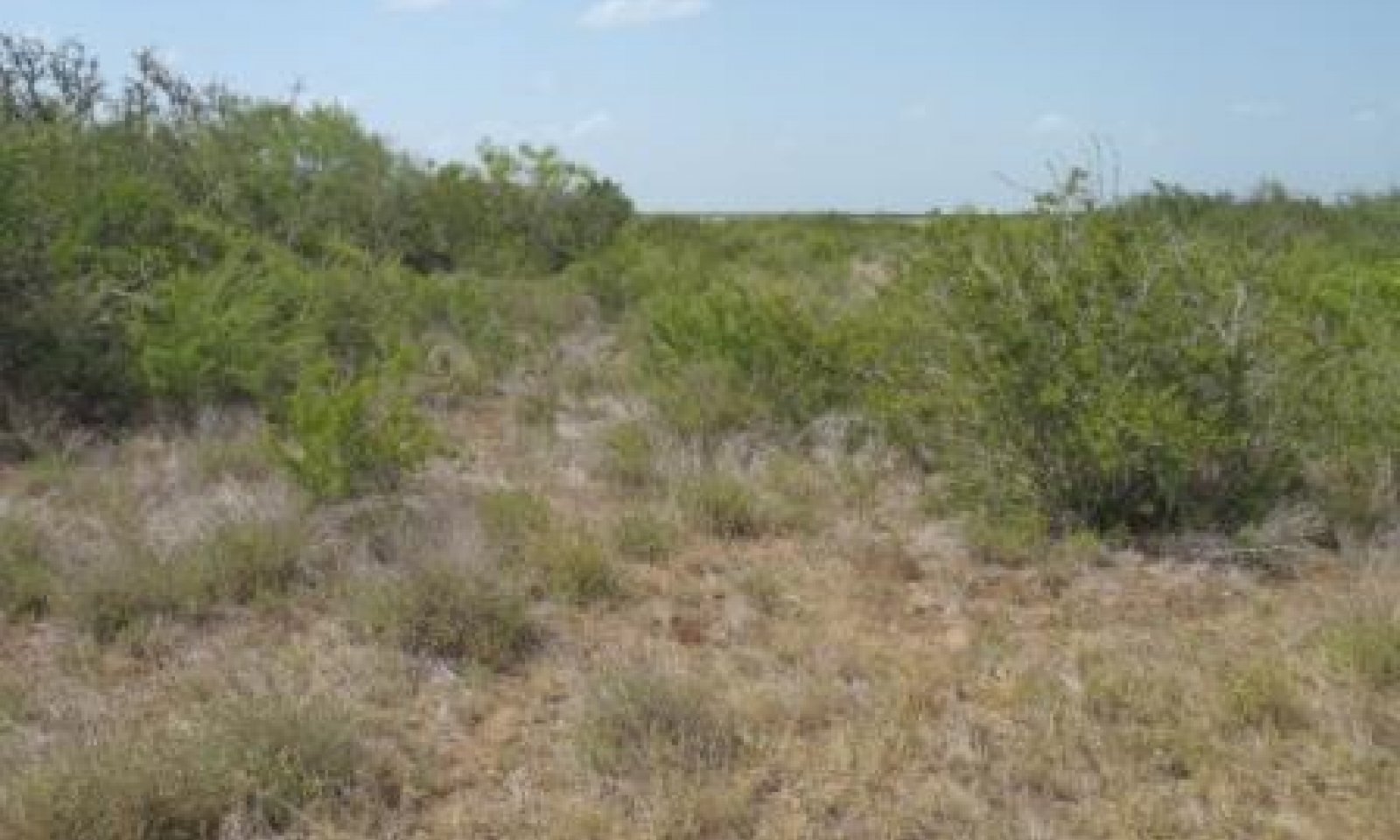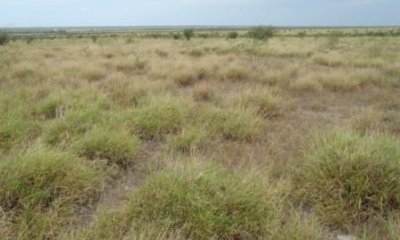
Gray Sandy Loam
Scenario model
Current ecosystem state
Select a state
Management practices/drivers
Select a transition or restoration pathway
-
Transition T1A
Absence of disturbance and natural regeneration over time, coupled with excessive grazing pressure
More details -
Transition T1B
Extensive soil disturbance followed by seeding improved forage species
More details -
Restoration pathway R2A
Reintroduction of historic disturbance return intervals
More details -
Transition T2A
Extensive soil disturbance followed by seeding improved forage species
More details -
Transition T3A
Absence of disturbance and natural regeneration over time, coupled with excessive grazing pressure
More details -
No transition or restoration pathway between the selected states has been described
Target ecosystem state
Select a state
State 1
Grassland



Submodel
State 2
Tree/Shrubland



Submodel
Mechanism
The transition from the Grassland State (1) to the Tree/Shrubland Complex (2) can happen within three to seven years. This transition can be driven by persistently dry weather conditions, grazing management, and the lack of fire and brush management practices. Overstocking the site with grazing animals will put pressure on the herbaceous plant component of the community. Increased bare ground becomes a large problem affecting the hydrologic cycle. As herbaceous ground cover decreases runoff and evaporation during rainfall events will increase, causing less water to infiltrate into the soil available for plant use. If the woody component is not managed, it will begin to dominate the landscape and out-compete grasses and forbs for water, sunlight, and resources.
Mechanism
Land managers may want to utilize this site as pastureland. To achieve this transition from the Grassland State (1) brush management and heavy disking with a Rhome disk, or other heavy implement, will be necessary to incorporate the vegetation into the soil. Prescribed burning can also be used prior to the disking operation to eliminate excessive vegetation. After the land has been cleared and an appropriate seedbed prepared the pasture can be planted. This site is not typically used as cropland.
Mechanism
Major inputs are required to restore this community to the Grassland State (1). Mechanical brush management practices such as dozing or using a Rhome disk are the most common options. Chaining and roller chopping are mechanical practices which will be short-lived and will typically result in thicker, harder to manage brush stands and will encourage brush seedlings. Chemical brush management is more difficult because of the highly diverse mixed brush community. Follow-up conservation practices such as Individual Plant Treatment for woody re-growth and new seedlings and prescribed grazing will be necessary for several years after the initial brush management to maintain an improved plant community. Depending on local conditions it may also be necessary to re-introduce a seed source for desired native plant species through range planting. Successful restoration of the Mid/Shortgrass Prairie Community (1.1) is highly dependent on rainfall and follow up management activities which promote the establishment of native grasses and forbs.
Mechanism
Land managers may want to utilize this site as pastureland. To achieve this transition from the Mixed Brush Prairie Community (2.1) brush management and heavy disking with a Rhome disk, or other heavy implement, will be necessary to incorporate the vegetation into the soil. Prescribed burning can also be used prior to the disking operation to eliminate excessive vegetation. After the land has been cleared and an appropriate seedbed prepared, the pasture can be planted.
Mechanism
In time, this site will revert to the Tree/Shrubland Complex (2) on its own, but usually this timeline is impractical for landowners. Prescribed grazing along with various brush management practices will be necessary to achieve this transition. This phase is very unproductive for herbaceous plants and it could take years for desirable plant species to begin to re-establish.
Model keys
Briefcase
Add ecological sites and Major Land Resource Areas to your briefcase by clicking on the briefcase (![]() ) icon wherever it occurs. Drag and drop items to reorder. Cookies are used to store briefcase items between browsing sessions. Because of this, the number of items that can be added to your briefcase is limited, and briefcase items added on one device and browser cannot be accessed from another device or browser. Users who do not wish to place cookies on their devices should not use the briefcase tool. Briefcase cookies serve no other purpose than described here and are deleted whenever browsing history is cleared.
) icon wherever it occurs. Drag and drop items to reorder. Cookies are used to store briefcase items between browsing sessions. Because of this, the number of items that can be added to your briefcase is limited, and briefcase items added on one device and browser cannot be accessed from another device or browser. Users who do not wish to place cookies on their devices should not use the briefcase tool. Briefcase cookies serve no other purpose than described here and are deleted whenever browsing history is cleared.
Ecological sites
Major Land Resource Areas
The Ecosystem Dynamics Interpretive Tool is an information system framework developed by the USDA-ARS Jornada Experimental Range, USDA Natural Resources Conservation Service, and New Mexico State University.





